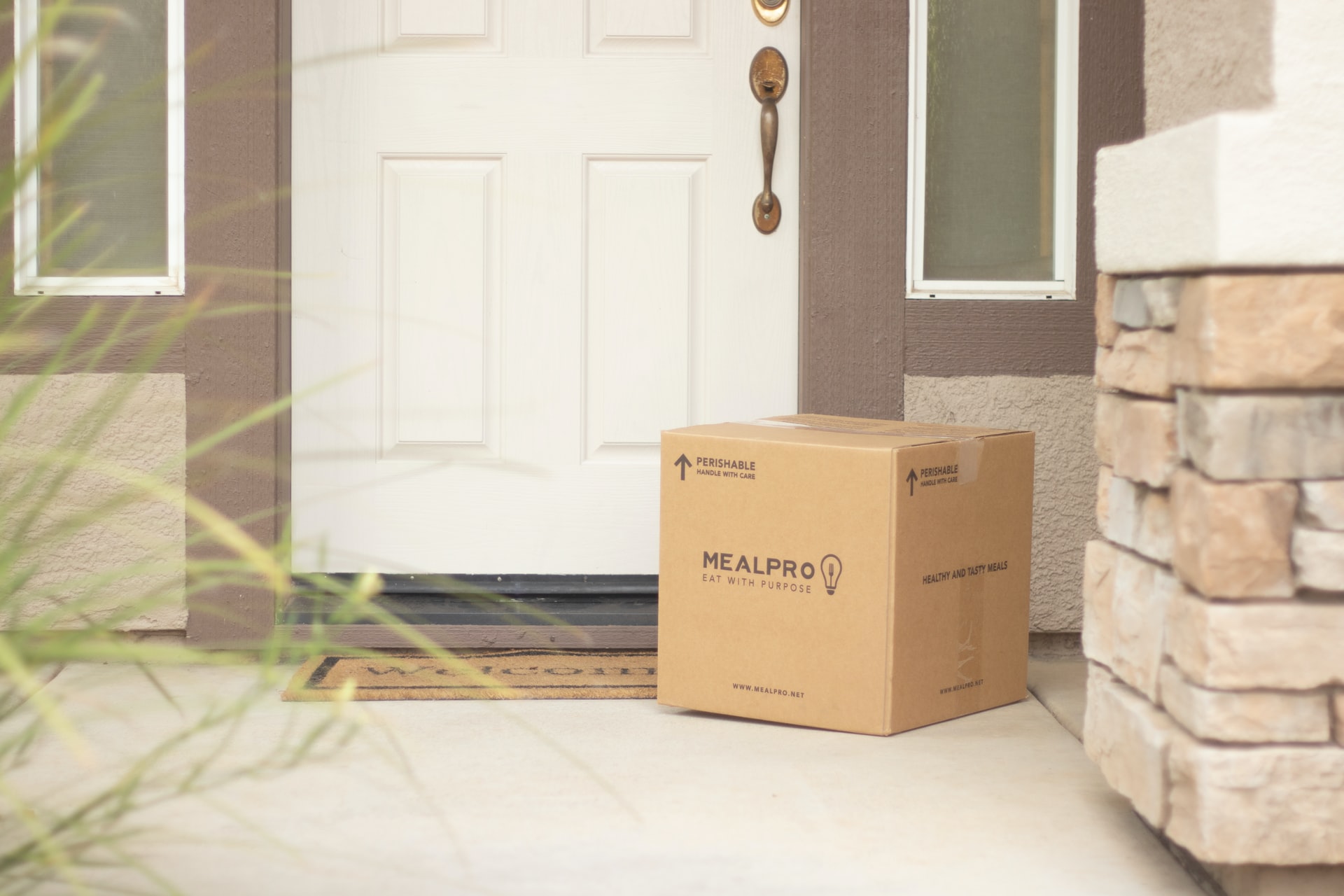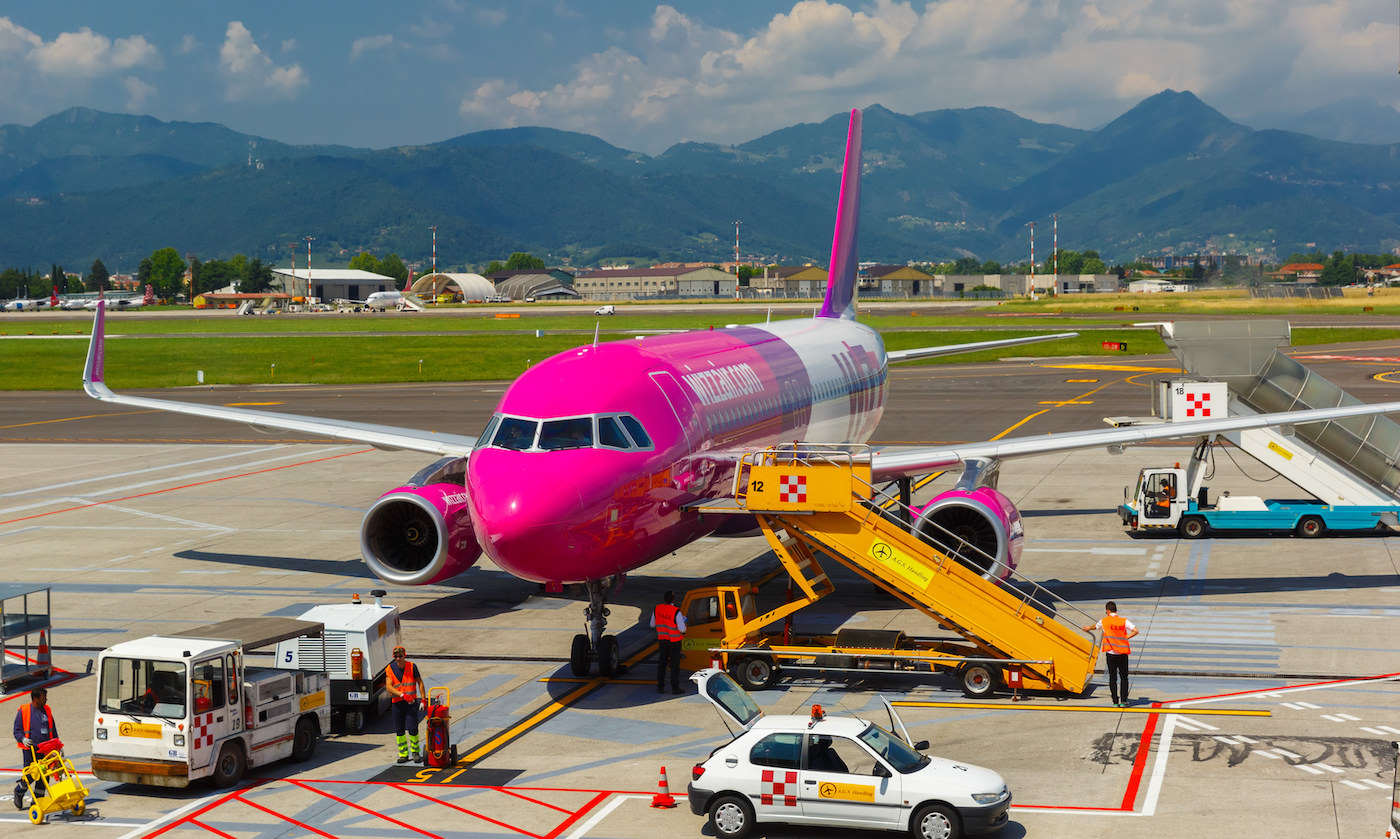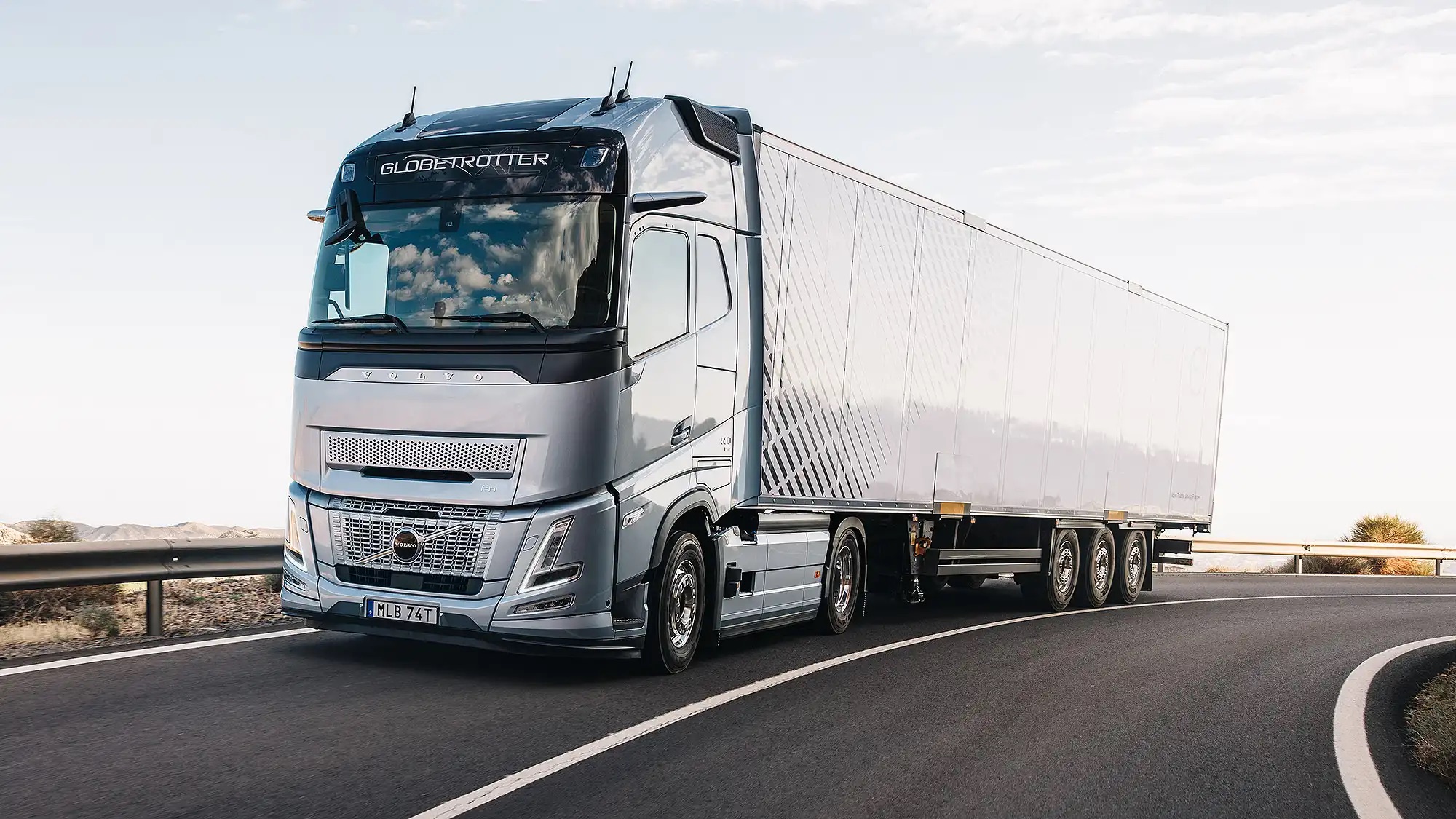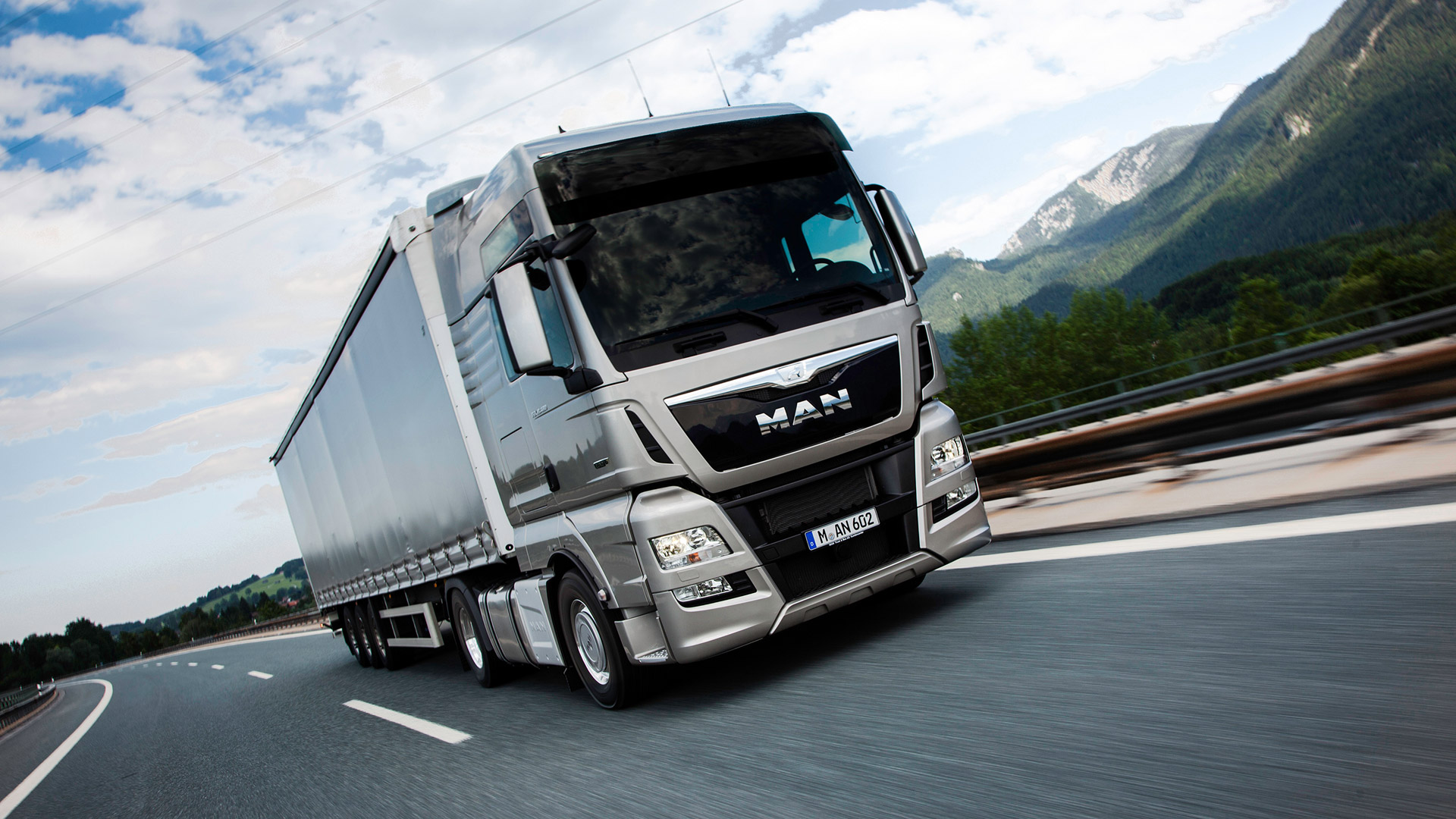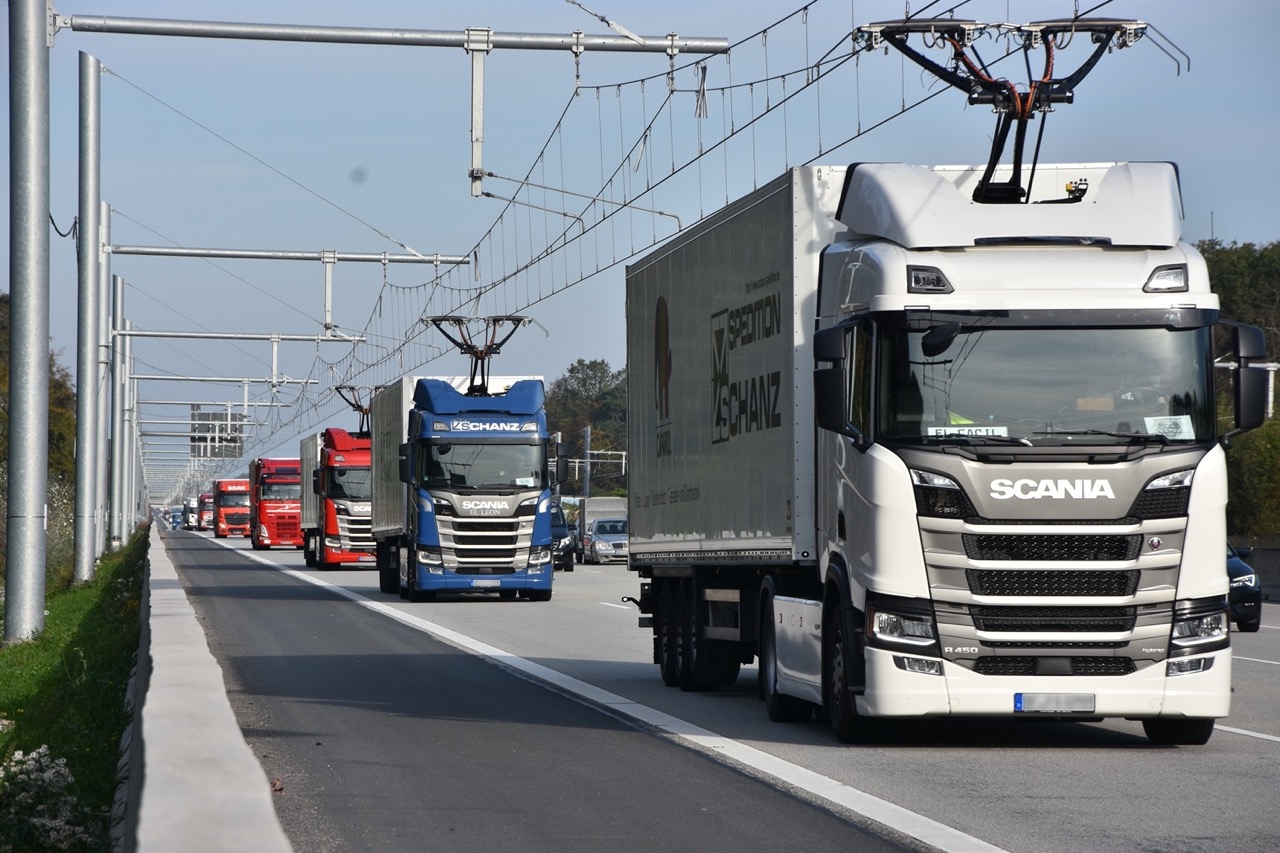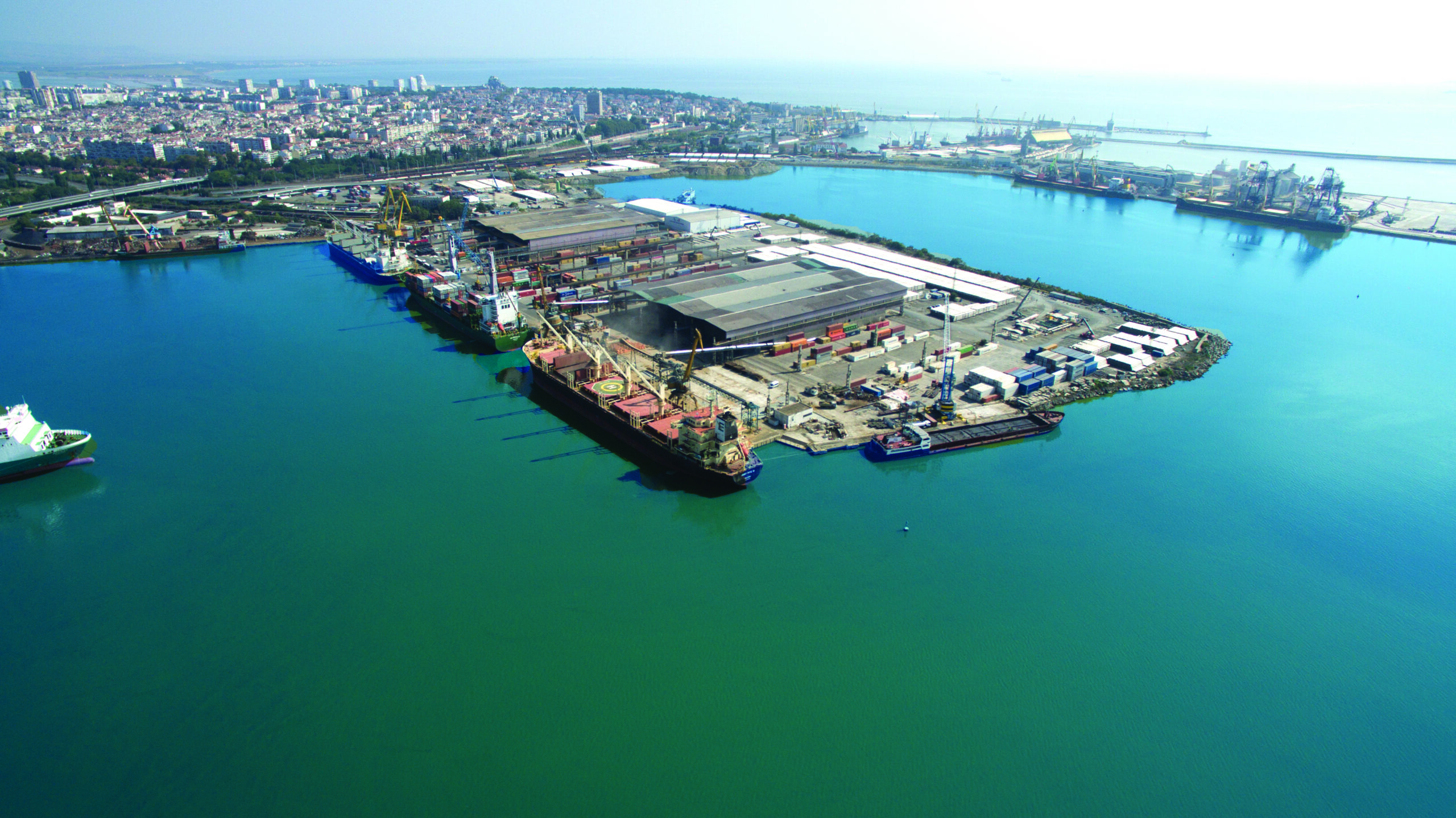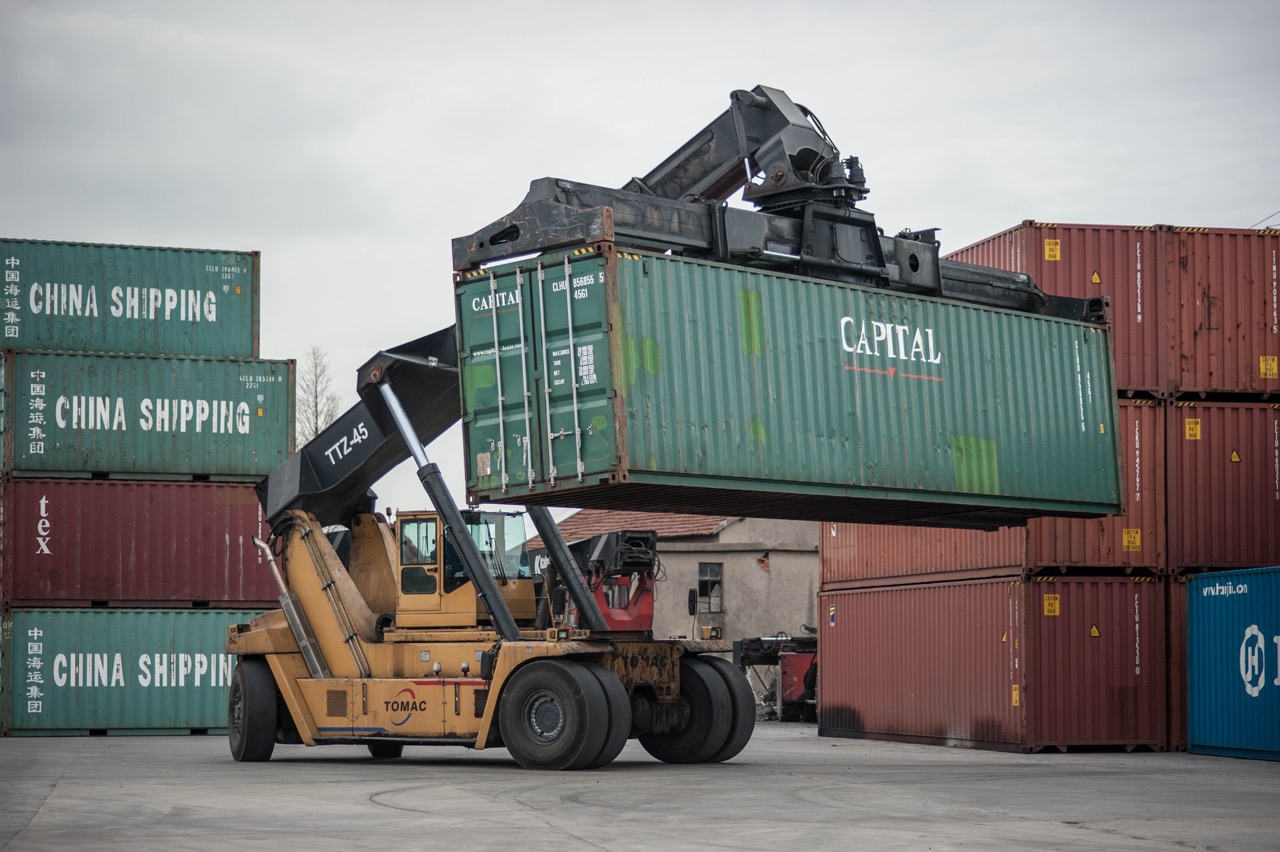Eurovignette Directive: an overview of innovations to road charges
The Eurovignette Directive will soon come into effect on the territory of the European Union. The government has approved the introduction of the new rules, and now, EU member states have two years to integrate them into legislation.
The Eurovignette Directive controls road charges, and in 2020 the document decided to revise, which caused a debate in the government. As a result, the authors tightened the rules and expanded the areas for their use. The changes also affected carbon dioxide emissions, their calculation will be carried out according to a new system, which corresponds to the European environmental strategy.
One of the innovations concerns payment issues. According to the revised document, TEN-T will no longer be charged by time as before, but by kilometer. This change will be implemented over a period of 8 years after the recast directive comes into force. At the same time, European states will use vignettes on other domestic and international roads. Exceptions are the cases with limited sections of highways or roads in sparsely populated areas.
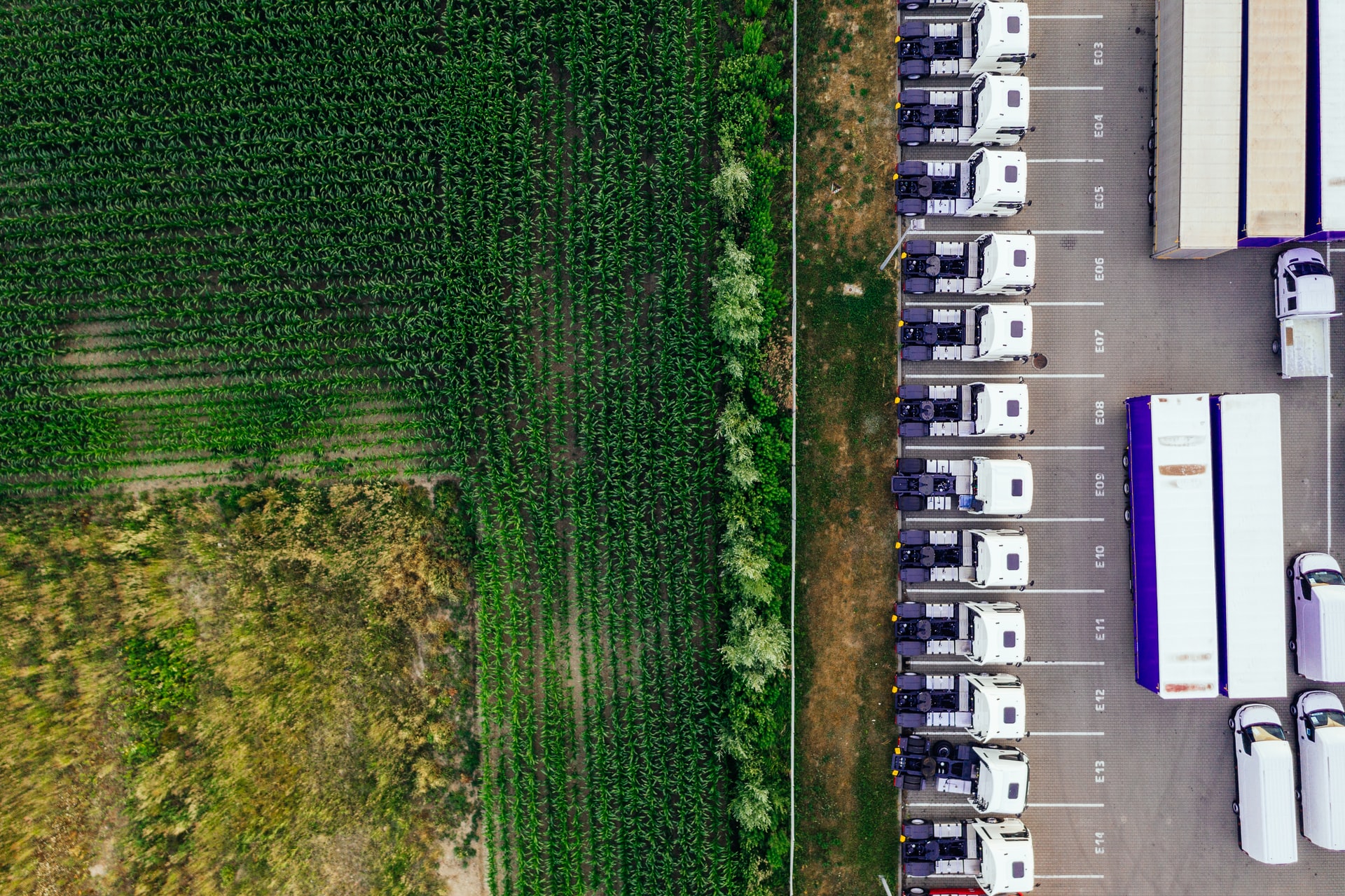
Countries also have the right to organize their own combined system for tariffing vehicles carrying bulky goods. In this case, distance and time indicators, as well as emission standards and the Euro class can be used for calculation. Such an option would be disadvantageous for vehicles running on diesel fuel – the more raw materials they consume, the higher the tariff.
According to the EU government, the new system will make it possible to fully use the principle of payment depending on the amount of pollution. However, countries will have the opportunity to develop the most convenient charging system, taking into account local specifics.
In the European Union, the collection of road charges is not a mandatory procedure, this rule is set at the discretion of the states themselves. At the same time, if the government of the country decides to introduce tariffing, it must obey the general rules, which are spelled out in the Eurovignette Directive. Thus officials want to avoid violation of healthy competition between transport market participants and deterioration of international transport quality.
Another innovation in the EU concerns the rental of trucks. The rules for the use of transport among the members of the union have been reviewed. Earlier it was possible to rent only those vehicles that were registered in the same state as the company-lessee. However, this option led to a number of restrictions and financial losses. According to the new rules, now you can use trucks of another country, the main requirement – it must be a part of the EU. At the same time, there may be limits on the duration of the lease and the number of vehicles taken within the country.


